Legendary ‘Orichalcum Metal’ Related To Atlantis Found In 2,600-Year-Old Shipwreck
MessageToEagle.com – A shipwreck sunk 2,600 years ago, off the coast of Gela in southern Sicily and the story of this ship is still fascinating today.
The ship – dated to the first half of the sixth century – was on its way to Gela in Sicily, possibly coming from Greece or Asia Minor.
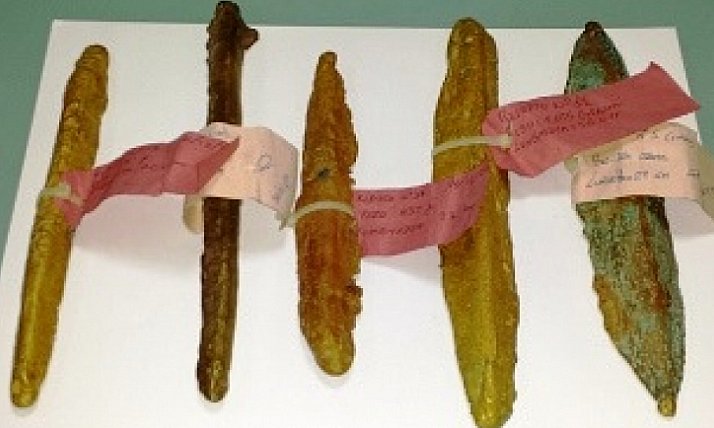
It was carrying ingots of orichalcum, ancient gleaming metal, which according to ancient Greeks was supposed to be mined in the legendary Atlantis, a land we have never been able to localize.
In 2015, underwater archaeologists recovered 39 orichalcum lumps from the shipwreck and earlier this month, additionally 47 pieces of this precious alloy have emerged from the seas of Sicily, reports Seeker.
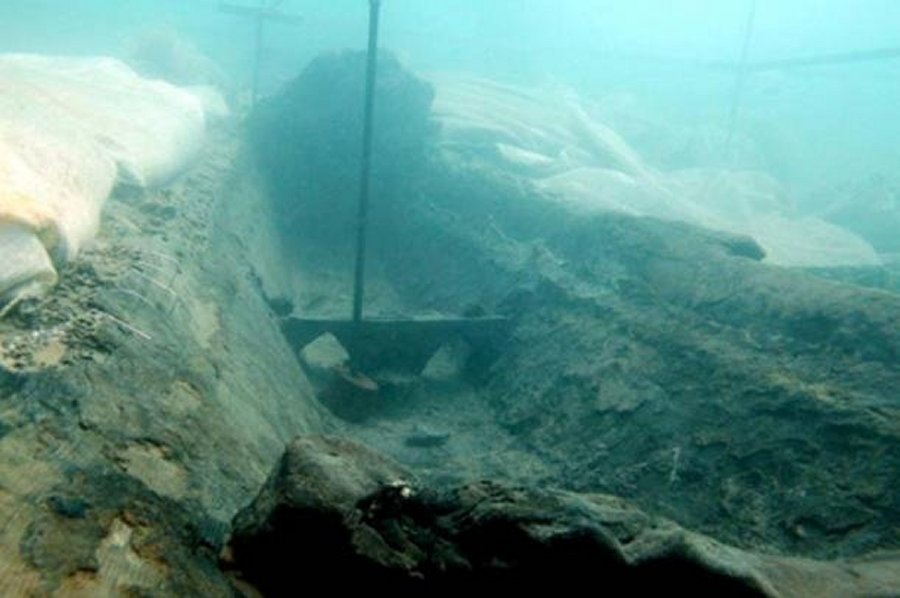
“The ship dates to the end the sixth century B.C.,” said Sebastiano Tusa, an archaeologist and and Sicily’s superintendent of the sea, said.
“It was likely caught in a sudden storm and sunk just when it was about to enter the port.”
According to the ancient Greeks, it was invented by Cadmus, a Greek-Phoenician mythological character. The fourth century B.C. Greek philosopher Plato made orichalcum a legendary metal when he mentioned it in the Critias dialogue (460-403 BC).
See also:
Orichalcum: Mysterious Metal Linked To Legendary Atlantis Discovered In Shipwreck
Hyperborea Or Atlantis Ruins – Underground Secrets Of The Sacred Lake On The Arctic Circle
Bolivia And The Mystery Of The Twins Of Atlantis
Plato wrote that the metal, second only in value to gold, was mined in Atlantis and was used to cover Poseidon’s temple interior walls, columns and floors. A legend says that the temple stood on pillar made of orichalcum and inscribed with Poseidon’s laws.
Today, most scholars agree orichalcum is a brass-like alloy, which was made in antiquity by cementation. This process was achieved with the reaction of zinc ore, charcoal and copper metal in a crucible.
Using X-ray fluorescence, researchers have analyzed the 39 ingots and concluded that they are made with 75-80 percent copper, 15-20 percent zinc and small percentages of nickel, lead and iron.
This brass-like alloy was perhaps not as precious as Plato described it; however, it was valuable enough to be used by skilled craftsmen in workshops of the ancient city of Gela.
MessageToEagle.com
Related Posts
-
 Vanuatu Ancient Skulls Shed Light On Polynesian Migration
No Comments | Dec 31, 2015
Vanuatu Ancient Skulls Shed Light On Polynesian Migration
No Comments | Dec 31, 2015 -
 Ancient Southwestern Pueblo People Used Advanced Geometry To Build Sophisticated Structures
No Comments | Jan 28, 2017
Ancient Southwestern Pueblo People Used Advanced Geometry To Build Sophisticated Structures
No Comments | Jan 28, 2017 -
 1,700-Year-Old Depiction Of A Hydraulic Water Wheel On A Roman Mosaic – Analyzed
No Comments | Dec 9, 2020
1,700-Year-Old Depiction Of A Hydraulic Water Wheel On A Roman Mosaic – Analyzed
No Comments | Dec 9, 2020 -
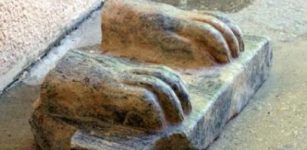 Unique Sphinx Statue Unearthed North Of The Sea Of Galilee
No Comments | Apr 13, 2014
Unique Sphinx Statue Unearthed North Of The Sea Of Galilee
No Comments | Apr 13, 2014 -
 Remarkable Discovery Of Ancient Drilled Bear Teeth In Kansas – How Did They End Up On The Great Plains?
No Comments | Mar 28, 2022
Remarkable Discovery Of Ancient Drilled Bear Teeth In Kansas – How Did They End Up On The Great Plains?
No Comments | Mar 28, 2022 -
 Strange Medieval Figurine With A Crown On The Head And A Falcon On The Arm – Is It A King Or A Queen?
No Comments | Dec 16, 2021
Strange Medieval Figurine With A Crown On The Head And A Falcon On The Arm – Is It A King Or A Queen?
No Comments | Dec 16, 2021 -
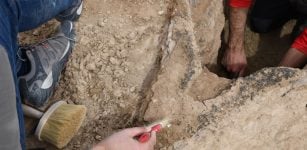 Unique, Well-Preserved 4,000-Year-Old Boat Discovered Near The Ancient City Of Uruk
No Comments | Apr 4, 2022
Unique, Well-Preserved 4,000-Year-Old Boat Discovered Near The Ancient City Of Uruk
No Comments | Apr 4, 2022 -
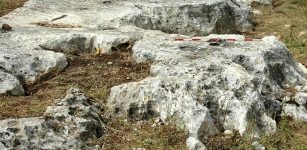 Earliest-Known Quarry Discovered In The Southern Levant
No Comments | Mar 29, 2016
Earliest-Known Quarry Discovered In The Southern Levant
No Comments | Mar 29, 2016 -
 Unusual Iron Age Burial With Warrior And Sword Discovered On Gotland, Sweden – Was He From The Roman Empire?
No Comments | Sep 8, 2021
Unusual Iron Age Burial With Warrior And Sword Discovered On Gotland, Sweden – Was He From The Roman Empire?
No Comments | Sep 8, 2021 -
 Ancient Egyptian Mummies With Golden Tongues Discovered In Alexandria
No Comments | Feb 3, 2021
Ancient Egyptian Mummies With Golden Tongues Discovered In Alexandria
No Comments | Feb 3, 2021
